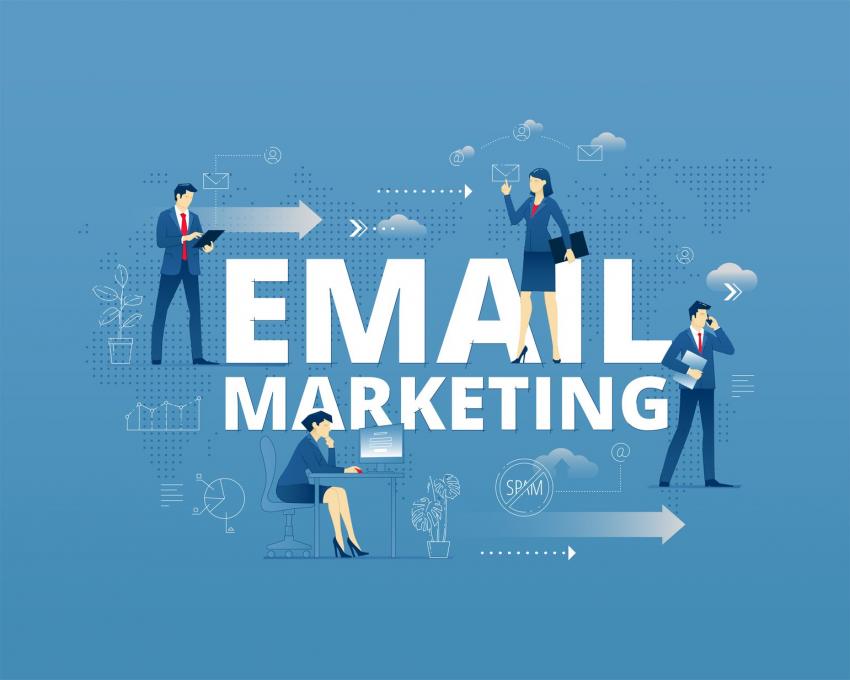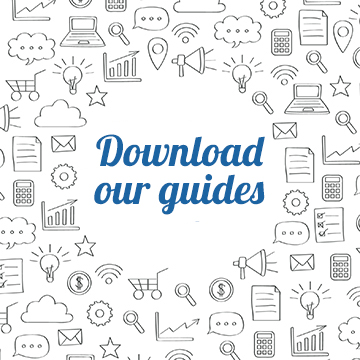Write your mail, four steps
diAnyone can write an email, not everyone can do so effectively. Unfortunately, for the people on the receiving end, that can lead to confusion, mistakes, inaction, and even poor customer engagement. The good news is that writing effective emails isn’t rocket science. Quick Tips for Effective Emails
Quick Tips for Effective Emails
1. Make your subject lines creative, specific, and honest.
2. Address your recipient by first name.
3. Get to the point and make your offer clear.
4. Close in a way that works for you.
Step 1: The Subject Line
The subject line of your email is the one chance you have to grab someone’s attention. And when you’re writing to an audience that isn’t obligated to read your messages, you need to follow some best practices. For example:
1. Be specific. What exactly can the recipient expect to find inside the email? Give your audience clues so they can quickly and accurately assess whether to open your email, save it for later, or delete it.
2. Be honest. Although we live in a world full of click-bait, you don’t want to do the bait and switch. Catchy, engaging, fun headlines are fantastic, but if they promise something that your email doesn’t actually deliver, you’ll just turn off your audience.
3. Be creative. While being specific and honest is paramount, you also need to do what you can to pique people’s interest and give them a reason to open your email.
A/B Test. If you’re able to, come up with a number of different headlines and A/B test them to see which one gets the best result. That process could be as simple as circulating your top picks among a small group of co-workers to see which ones they like best. Or, you could do a more official A/B test via your marketing automation platform.
A lot of people talk about the length of subject lines and the impact that can have on whether or not people choose to read your emails. We conducted an analysis of 12 billion emails, comparing subject line length with click and open rates, they found no change whether the subject lines were long or short.
Step 2: The Salutation
Most people liked to be addressed by their first name. And while that may seem like a no-brainer in one-to-one communications, it’s essential for mass e-mails as well. In fact, personalized promotional emails result in six times the number of transactions than ones that aren’t personalized. Admittedly, this research is a few years old at this point, but the underlying principle still holds.
Step 3: The Body
Ok, you’ve gotten someone to open your email and they’re actually reading it. At least they’re starting to. You’ve now got about two seconds (well, probably less if we’re honest) to get their attention and communicate what it is that you’re trying to tell them. Here’s how to do it:
1. Get to the point as quickly as possible. Most people don’t have the time or energy to read through the email equivalent of small talk. Sure you need to provide some context, and you may want to inject some personality, but get to the point quickly. Why are you writing and what do you want your reader to do?
2. Say less, not more. You may have important things to say, but just make sure that you’re saying them as concisely as possible. Most people are going to skim your email at best. By eliminating the number of words on the page, you’ll increase the amount of your content that they actually read.
3. Make your message scannable. Avoid long paragraphs or anything that could be perceived as a wall of content. Break your message up with headings and bulleted lists so your audience can quickly navigate to the points they care about.
4. Include a clear call to action. What is the reader supposed to do? Call you? Click on a link? Download a piece of content? Don’t just be explicit about what you want people to do, make it very clear how they’re supposed to do it.
There’s no set rule about how long you should or shouldn’t make your emails. Just remember that people are busy and unlikely to read anything lengthy, unless you’ve given them a good reason. Try to be concise, to highlight key points early on, and to be as clear as possible.
Step 4: The Close
How to sign off an e-mail is the topic of a surprising amount of debate. There are lots of options and each comes with its own pros and cons (see this article for a comprehensive look at them). In general, this is a matter of personal taste. If you like cheers / best / thanks at the end of an email, write it. If you think that sounds too pompous / vague / deferential, don’t.
The Final Word
Good communication is essential. Before you send out your next email, make sure you’ve expressed your ideas as clearly and concisely as possible. Reread everything before you send it to not only check for typos and grammatical mistakes, but to also ensure that your readers will walk away knowing exactly what you want them to.
If you have any doubts, get a second opinion. Let someone you trust read the email before you send it out to ensure that it’s doing the job. A little extra effort up front will go a long way toward ensuring the effectiveness of your emails once they’re out the door.


